
5 important tips for Fittonia Plant Care
There is no other houseplant that can compete with Fittonia when it comes to adding an energizing splash of color to your kitchen, bathroom, or even your workstation. Because of the intricate veining on the leaves, this plant is often referred to as the "nerve plant" or the "mosaic plant."
Even though nerve plants are wonderful for lighting up your environment, you will need to give them some care in order to ensure that they continue to thrive rather than only survive. When it comes to taking care of your Fittonia plant, these are the most important things you need to keep in mind.
Recommended : Fittonia Nerve Plants
Create a humid atmosphere.
To grow, nerve plants demand considerable humidity. If you do not live in a very humid environment, you should bring these plants inside to keep them wet at room temperature. Otherwise, they risk withering or dying.
As an alternative, use a humidifier or spray your plants on a regular basis. Construct a miniature terrarium to capture even more moisture near your plants.
Give them the proper lighting.
To simulate the jungly habitats of your nerve plants, find a comfortable balance between continual direct sun and low light. If you're keeping them inside, place them in a sun-facing window to expose them to steady, strong indirect light throughout the day.
If they're in your garden, make sure they're in a shaded spot that still receives some direct sunshine.
Repot when necessary
Repotting and propagation are options if you observe your nerve plants becoming too large for their pots. Simply grab the root ball from the bottom of your nerve plant, split it gently, and replant the sections in other pots.
Propagation is similar, albeit stem cuttings may be used to produce the same result.
Watering
Fittonias are commonly referred to as "drama queens" since they are prone to fainting if not watered on a regular basis. If your drama queen lives up to its reputation and has many 'fainting episodes,' it may grow more prone to dying, so maintain a regular watering routine.
During the growth season, water your Fittonia every 3-4 days, but let the soil dry between watering. In the winter, once every two weeks should be enough. Nerve Plants dislike having wet feet, so don't leave them in water for lengthy periods of time.
Keep an eye out for pests.
Fittonia leaves, like many other plants, provide a food source for aphids, gnats, and mealybugs. If you see these pests on your plants, apply neem oil or another pesticide to get rid of them.
Prevention is preferable—the healthier your plants are and the more closely you monitor them, the less probable an infestation will emerge in the first place.
Recommended Read: Everything you should know about Fittonia Plants
Takeaway
Growing nerve plants should be kept in a warm environment, away from drafts and water that is too cold or hot. Consider rain forest conditions while caring for your Fittonia plants.
Interested in buying Fittonia nerve plants? Chhajed Garden offers a wide variety of Fittonia plants for sale online, from which you can choose the ones that best meet your needs.
Have any questions regarding the topic "5 important tips for Fittonia Plant Care" feel free to comment below.
For Wholesale requirements of Fittonia plants please whatsapp on +91-7303231231
How to propagate nerve plants?
Nerve plants are easy to propagate by stem cuttings. Fill a small pot with moistened potting mix, make a cut just below a leaf node and insert the cutting. Firm the potting mix around the base of the cutting, water lightly, and place in a warm, bright location. Rooting should occur within two to four weeks. Once the roots are well-established, transplant the nerve plant into a larger pot.
How to prune nerve plant?
Nerve plants are often grown for their ornamental value, and as such, may need to be pruned from time to time to keep them looking their best. When and how you prune your nerve plant will depend on the type of plant you have, as well as your personal preferences.
If you have a standard nerve plant (Fittonia albivenis), you can prune it lightly anytime during the growing season. Simply remove any dead or damaged leaves, and trim back any long or unruly stems. If you want to encourage your plant to branch out, you can cut the main stem back by a few inches.
Generally, it's always better to err on the side of caution when pruning nerve plants. If you're unsure whether to remove a particular leaf or stem, it's best to leave it alone. With a little time and patience, your plant will soon bounce back.
How to make nerve plant bushier?
You can pinch back the stem tips to make a nerve plant bushier. This will encourage the plant to branch out and become fuller.
How big do nerve plants get?
Nerve plants are small, delicate-looking plants that grow only about six inches tall. However, they can grow a little taller, reaching about eight inches. They are typically found in tropical regions and have beautiful, brightly-colored leaves.
Are nerve plants toxic to dogs?
There is no definitive answer to this question since it depends on the specific nerve plant in question and the individual dog. Some nerve plants may be toxic to dogs if ingested, while others may not. If you are concerned that your dog may have ingested a nerve plant, it is best to consult with your veterinarian.
How much light do nerve plants need?
Nerve plants do best in bright, indirect light. They can tolerate some direct sun, but too much will scorch their leaves. If you're growing them indoors, place them near a window where they'll get plenty of light. These plants are also relatively tolerant of low light conditions, so if you can't give them bright light, they'll still do okay. Just don't expect them to thrive in dark corners.
What is a nerve plant?
The nerve plant is grown for its ornamental value. The colorful leaves and striking flowers make it a popular houseplant. The nerve plant is also used in traditional medicine. The leaves are used to treat a variety of conditions, including headaches, stomachaches, and fever. The berries are used to treat diarrhea. The nerve plant is also used in shamanic rituals.
The nerve plant is native to the Amazon rainforest. The plant is found in Brazil, Colombia, Ecuador, Peru, and Venezuela. The plant prefers moist, well-drained soils and partial shade. The plant is propagated by seed or division.
How long do nerve plants live?
Nerve plants can live for several years with proper care. They are relatively easy to care for, but do require some attention to keep them looking their best. Nerve plants appreciate regular watering and fertilizing and do best in bright, indirect light. With proper care, nerve plants can bring beauty and life to any home or office for many years.
When to repot nerve plant?
Nerve plants can be sensitive to their potting conditions and may need to be repotted more frequently than other houseplants. Watch for signs that your plant is cramped in its pot, such as yellowing leaves or stunted growth. If you think your nerve plant needs a new home, repot it in the spring. Use a well-draining potting mix and be careful not to damage the plant's delicate roots.
Fittonia Plants Collection
-
Original price Rs. 349.00Original price Rs. 349.00 - Original price Rs. 349.00Original price Rs. 349.00Current price Rs. 249.00Rs. 249.00 - Rs. 249.00Current price Rs. 249.00
Fittonia Red Cloud Plant
In stockPlant Profile: The stunning Fittonia Red Cloud is our customers favorite! This compact houseplant boasts large, vibrant leaves with deep pink and r...
View full detailsOriginal price Rs. 349.00Original price Rs. 349.00 - Original price Rs. 349.00Original price Rs. 349.00Current price Rs. 249.00Rs. 249.00 - Rs. 249.00Current price Rs. 249.00Sale -
Original price Rs. 279.00Original price Rs. 279.00 - Original price Rs. 279.00Original price Rs. 279.00Current price Rs. 149.00Rs. 149.00 - Rs. 149.00Current price Rs. 149.00
Fittonia Small Starlight Green Plant
Plant Profile: Fittonia Small Starlight Green Plant will be your perfect indoor companion! This charming foliage plant also called the snakeskin pl...
View full detailsOriginal price Rs. 279.00Original price Rs. 279.00 - Original price Rs. 279.00Original price Rs. 279.00Current price Rs. 149.00Rs. 149.00 - Rs. 149.00Current price Rs. 149.00Sale -
Original price Rs. 699.00Original price Rs. 699.00 - Original price Rs. 699.00Original price Rs. 699.00Current price Rs. 599.00Rs. 599.00 - Rs. 599.00Current price Rs. 599.00
Air Purifying Plant Set - Jade, Crassula, Fittonia, Cholrophytum - Plastic Pots Included
Elevate your space with our Air Purifying Plant Set. This set features four low-maintenance plants: Jade, Crassula, Fittonia, and Cholrophytum. Enj...
View full detailsOriginal price Rs. 699.00Original price Rs. 699.00 - Original price Rs. 699.00Original price Rs. 699.00Current price Rs. 599.00Rs. 599.00 - Rs. 599.00Current price Rs. 599.00Sale -
Original price Rs. 499.00Original price Rs. 499.00 - Original price Rs. 499.00Original price Rs. 499.00Current price Rs. 399.00Rs. 399.00 - Rs. 399.00Current price Rs. 399.00
Air Purifying Plant Sets - Jade Plant, Fittonia Green Plant & Crassula Ovata Plant with Plastic Pots for Home, Office & Gifts
Create a refreshing and healthy environment with our Air Purifying Plant Sets featuring Jade Plant, Fittonia Green Plant, and Crassula Ovata Plant....
View full detailsOriginal price Rs. 499.00Original price Rs. 499.00 - Original price Rs. 499.00Original price Rs. 499.00Current price Rs. 399.00Rs. 399.00 - Rs. 399.00Current price Rs. 399.00Sale -
Original price Rs. 279.00Original price Rs. 279.00 - Original price Rs. 279.00Original price Rs. 279.00Current price Rs. 149.00Rs. 149.00 - Rs. 149.00Current price Rs. 149.00
Fittonia 'Jungle Flame' Red-Pink Plant
Out of stockPlant Profile: Fittonia 'Jungle Flame' is a vibrant, versatile groundcover. Perfect for gardens, pots, or terrariums, it's pet-friendly and easy to...
View full detailsOriginal price Rs. 279.00Original price Rs. 279.00 - Original price Rs. 279.00Original price Rs. 279.00Current price Rs. 149.00Rs. 149.00 - Rs. 149.00Current price Rs. 149.00Sold out



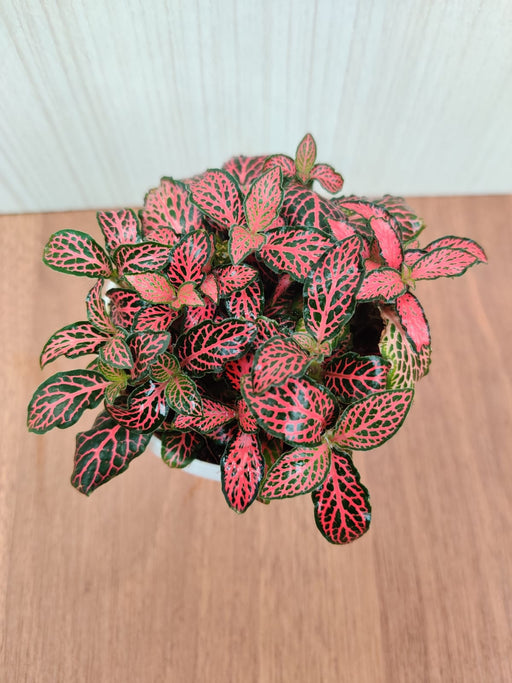
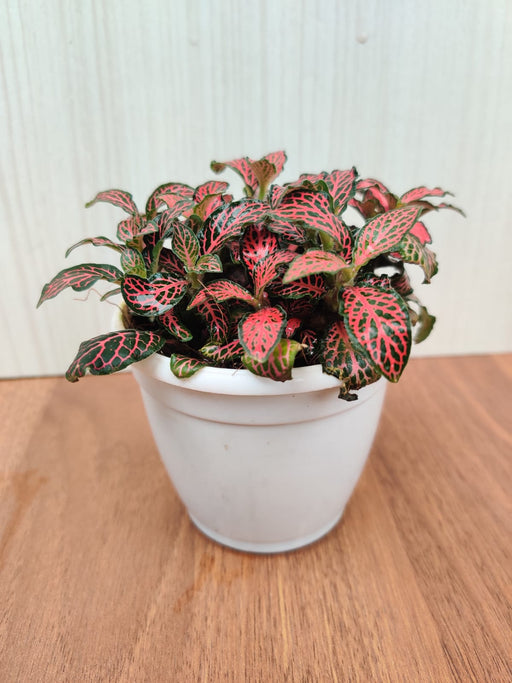
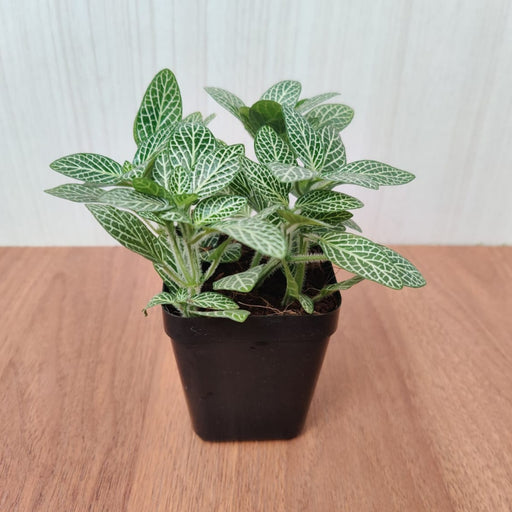
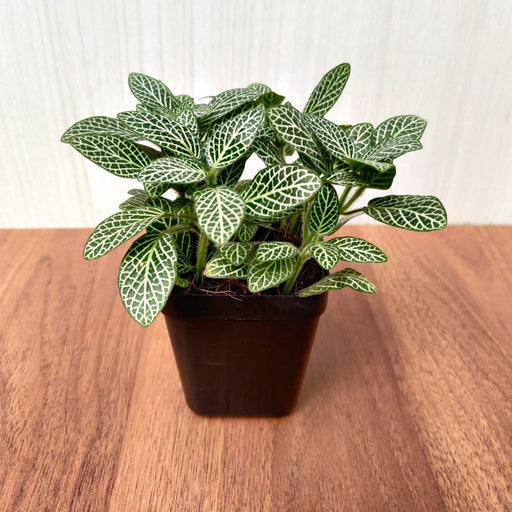
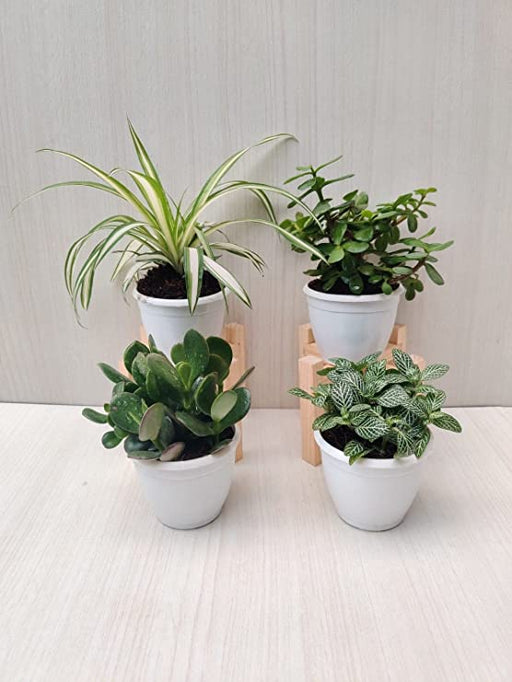
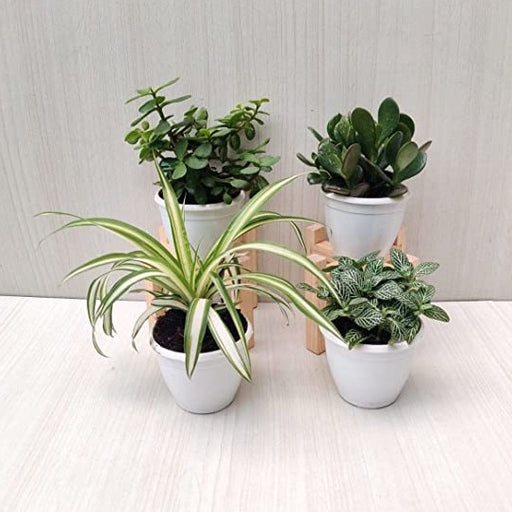
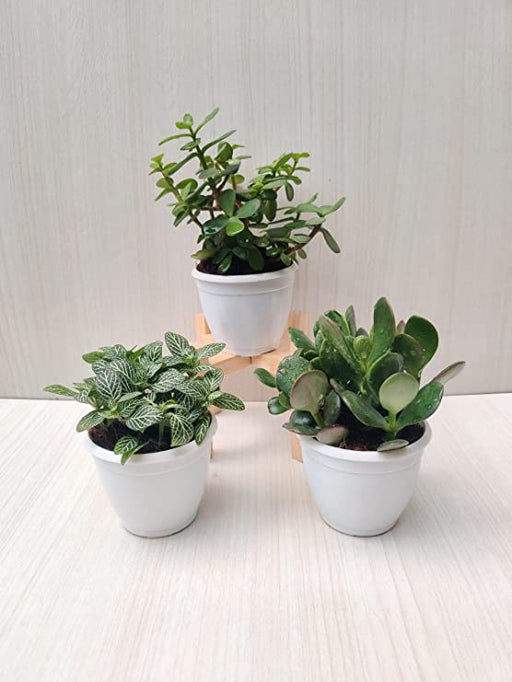
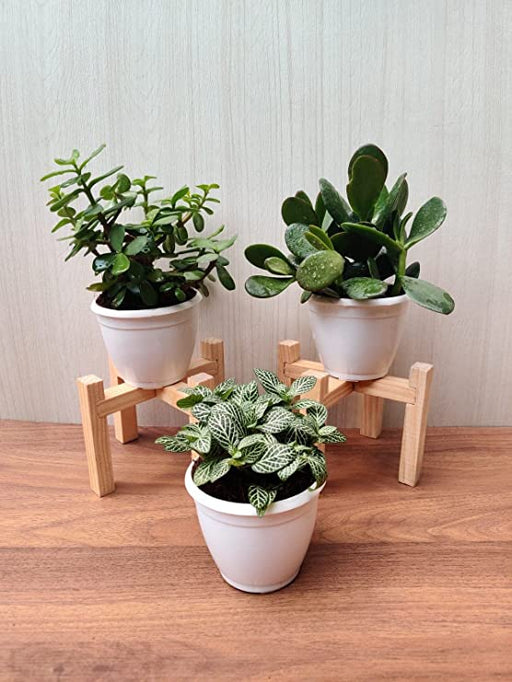
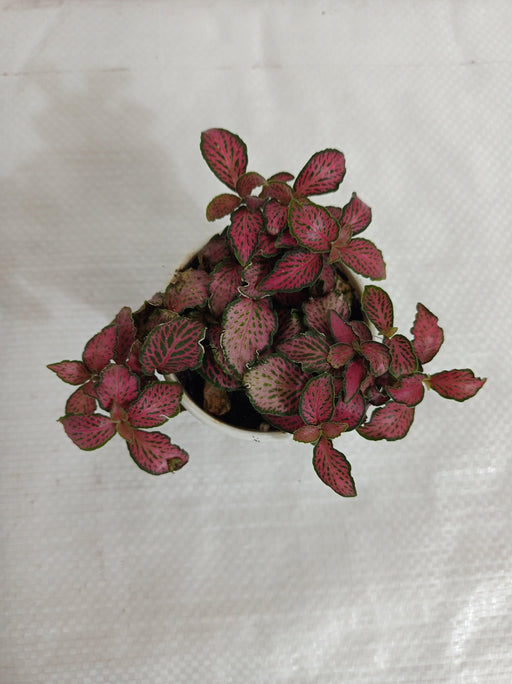
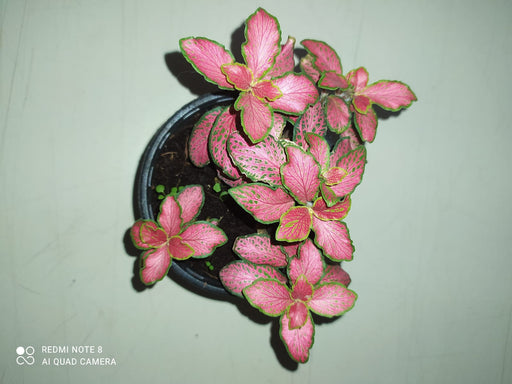
Comments
Leave a comment